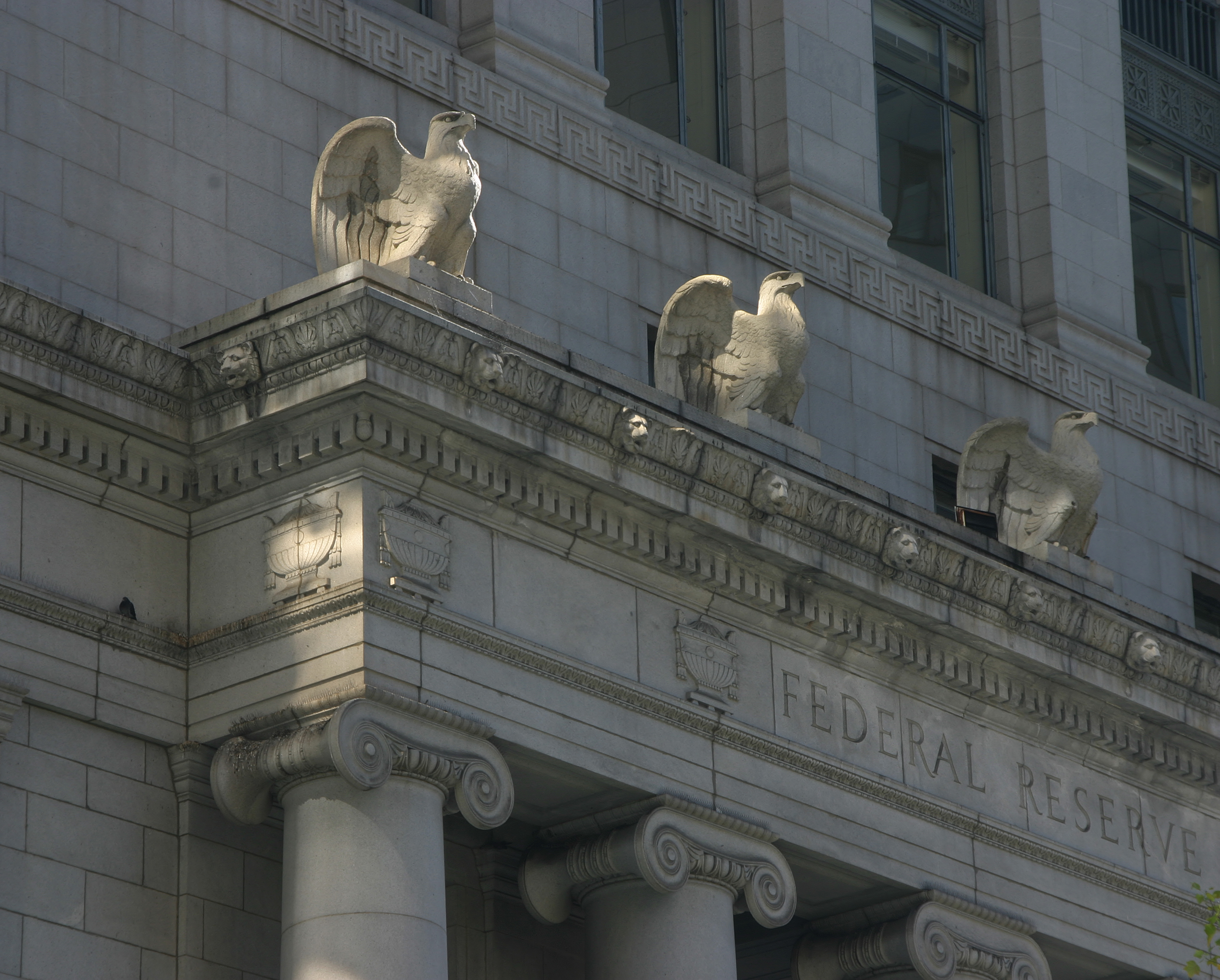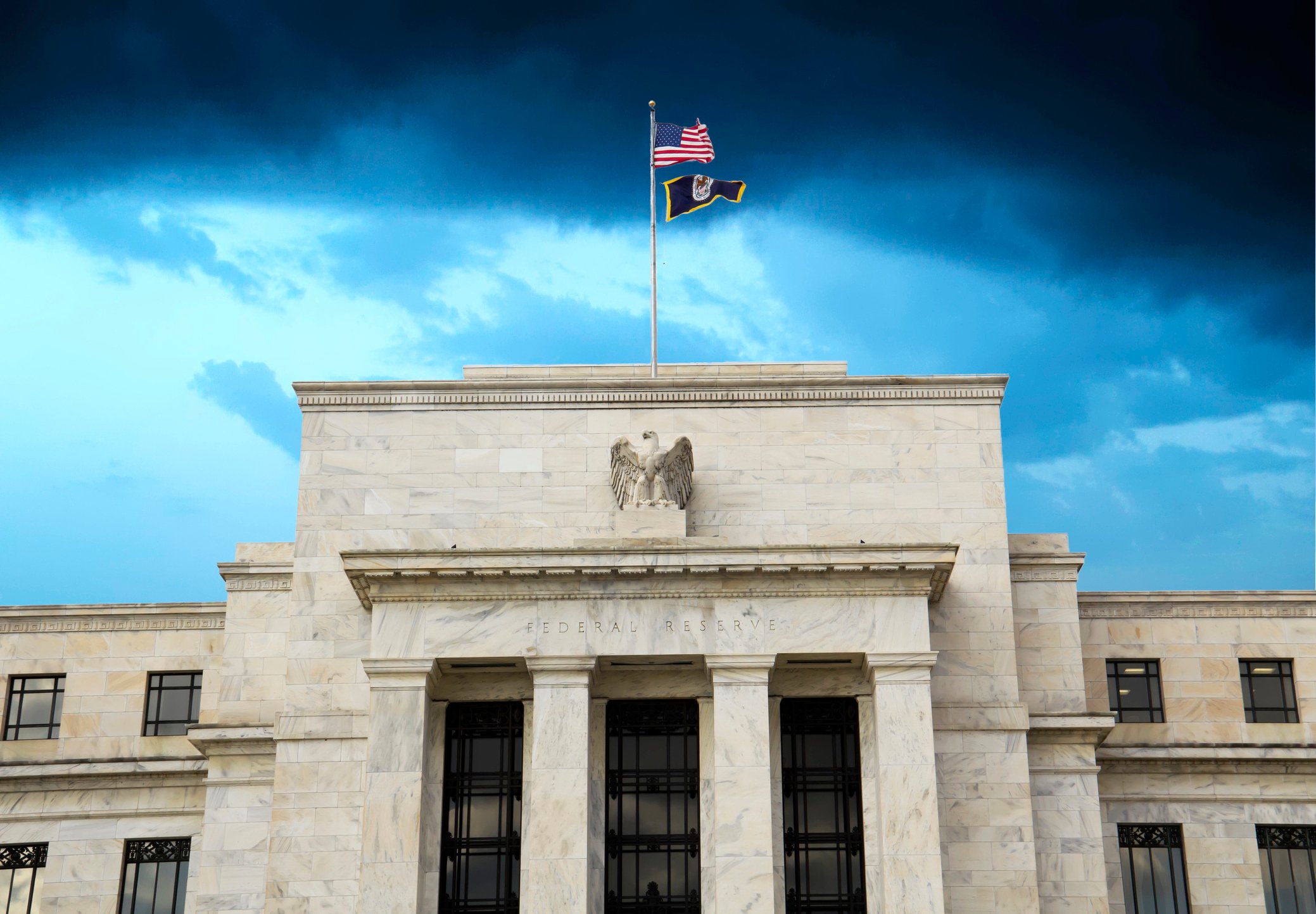Managing short-term cash or setting aside money for upcoming expenses requires solutions that are safe, liquid, and more rewarding than a traditional savings account. Two popular investment instruments that offer balance are Money Market Funds (MMFs) and Ultra-Short Bond Funds (USBFs). While both aim to preserve capital and maintain liquidity, they differ in structure and risk. MMFs invest in very short-term, high-quality instruments and are designed to deliver stability with minimal volatility—ideal for emergency funds or capital needed in the near future. USBFs, on the other hand, invest in short-term bonds and typically offer higher yields, though with modest fluctuations in value. The right choice depends on individual factors such as time horizon, risk comfort, and income expectations.
Both MMFs and USBFs are essential tools for conservative portfolios, offering a mix of capital preservation, flexibility, and modest income. MMFs are particularly appealing for investors who prioritize quick access to funds and capital safety, making them suitable for cash reserves, payroll buffers, or idle cash awaiting investment. Their stable net asset value and daily liquidity provide consistency even in volatile markets. For those seeking slightly better returns without significantly increasing risk, USBFs can be an effective solution. These funds invest in short-duration bonds that help mitigate interest rate exposure while delivering enhanced income. Together, MMFs and USBFs serve as smart options for managing liquidity, optimizing cash flow, and building resilience into a broader financial strategy.
Money Market Funds (MMFs)

What Are Money Market Funds?
Money Market Funds are mutual funds that invest in short-term, high-quality debt securities. They aim to provide investors with high liquidity and preservation of capital, while offering slightly better returns than a typical savings account.
How Do They Work?
- MMFs pool money from many investors to buy short-term instruments like:
- Treasury bills (T-bills)
- Commercial paper (unsecured, short-term corporate debt)
- Certificates of deposit (CDs)
- Repurchase agreements (repos)
- Government agency securities
- These instruments generally mature within one year or less, often much shorter (like 30-90 days).
- The fund managers focus on maintaining a stable Net Asset Value (NAV), typically $1 per share, making MMFs a cash-equivalent investment.
Types of Money Market Funds
- Government Money Market Funds - Invest primarily in U.S. Treasury securities and government agency debt. They have the lowest credit risk.
- Prime Money Market Funds - Invest in a broader range of short-term corporate and bank debt. They offer slightly higher yields but carry marginally higher risk.
- Municipal Money Market Funds
Invest in short-term municipal debt, often offering tax-free income at the federal (and sometimes state) level.
Why Invest in Money Market Funds?
- Safety & Capital Preservation: MMFs invest in very low-risk securities, aiming to preserve your principal.
- Liquidity: Funds can typically be redeemed same-day or next-business-day, making MMFs a great option for emergency funds or temporary cash parking.
- Better Returns than Savings Accounts: While not guaranteed, MMFs often provide higher yields compared to traditional savings accounts or checking accounts.
- Convenience: Easily accessible via most brokerage accounts, retirement accounts, and many online platforms.
Risks to Consider
- Not FDIC Insured: Unlike bank savings accounts or CDs, MMFs are not insured by the FDIC. Though rare, the NAV can drop below $1 (called “breaking the buck”), causing potential losses.
- Interest Rate Sensitivity: When interest rates fall, MMF yields generally decrease, sometimes to very low levels.
- Credit Risk (Prime Funds): Prime funds carry a small risk if issuers of commercial paper or other corporate debt default, although managers diversify holdings to mitigate this.
Who Should Invest in MMFs?
- Investors who want a safe place to park cash temporarily with easy access.
- Those looking for better returns than a checking or savings account without risking principal.
- Individuals or institutions managing short-term cash flow needs.
- People seeking a low-risk alternative to cash in their investment portfolio.
How to Invest in Money Market Funds?
- Offered by major fund families like Vanguard, Fidelity, Charles Schwab, and T. Rowe Price.
- Available through brokerage accounts, retirement accounts (like IRAs), or directly from fund companies.
- Minimum investments vary; many funds allow investing with as little as $1,000 or less.
- You can set up automatic investments or transfers to easily move money in and out.
Ultra-Short Bond Funds

What Are Ultra-Short Bond Funds?
Ultra-short bond funds are a type of mutual fund or ETF that invests in bonds with very short maturities, generally ranging from 3 months up to 2 years. They focus on preserving capital while offering better returns than money market funds by taking on slightly more risk.
How Do They Work?
- These funds invest in a mix of:
- Short-term corporate bonds
- Government bonds and Treasury securities
- Mortgage-backed securities
- Asset-backed securities
- Other fixed-income instruments with short durations
- The goal is to provide income through interest payments while minimizing exposure to interest rate changes by keeping the average maturity very short.
- Because the bonds have short maturities, price volatility due to interest rate changes is relatively low compared to longer-term bond funds.
Key Features
|
Feature |
Description |
|
Typical Maturity |
3 months to 2 years |
|
Risk Level |
Low to moderate (higher than money market funds) |
|
NAV Stability |
Can fluctuate; not fixed at $1 like MMFs |
|
Return Potential |
Higher than money market funds |
|
Liquidity |
Generally high, but can vary |
|
Interest Rate Sensitivity |
Low due to short durations |
|
Credit Risk |
Depends on bond quality; usually investment-grade bonds |
Why Invest in Ultra-Short Bond Funds?
- Higher Yield than Money Market Funds:
Due to slightly longer durations and a mix of corporate bonds, these funds generally offer better returns. - Low Interest Rate Risk:
Short maturities reduce sensitivity to interest rate changes, which helps stabilize returns. - Diversification:
Investing in a variety of fixed-income securities reduces risk compared to holding individual bonds. - Liquidity:
Shares can usually be sold easily, often with settlement in 1-3 business days.
Risks to Consider
- NAV Fluctuations: Unlike MMFs, ultra-short bond funds don’t aim to maintain a stable NAV. The share price can rise or fall, meaning you could get back slightly more or less than you invested.
- Credit Risk: If the fund holds corporate bonds, there is some risk of default, though funds usually invest in high-quality bonds.
- Market Risk: Economic or interest rate changes can affect bond prices.
Who Should Invest in Ultra-Short Bond Funds?
- Investors seeking low-risk income but willing to accept some price volatility.
- Those with a short to medium-term investment outlook (a few months to a couple of years).
- Investors looking for a safer alternative to longer-duration bond funds or equities.
- Individuals wanting a conservative option for cash management with better yield than MMFs.
Examples of Popular Ultra-Short Bond Funds / ETFs
- iShares Ultra Short-Term Bond ETF (ICSH)
- PIMCO Enhanced Short Maturity Active ETF (MINT)
- JP Morgan Ultra-Short Income ETF (JPST)
- Fidelity Ultra Short Bond Fund (FNSXX)
to name a few.
Ultimately, both Money Market Funds and Ultra-Short Bond Funds serve important roles in a well-balanced financial plan. If your priority is capital preservation and immediate access, MMFs can be a reliable, low-risk solution. If you're looking to enhance short-term returns and are comfortable with minimal price movement, USBFs may be a better fit. As your advisor, I can help assess your liquidity needs, time horizon, and risk tolerance to determine which option—or combination of both—aligns best with your financial goals. These funds aren’t about high returns, but about smart, stable cash management in a changing interest rate environment.
EXPLORE MORE POSTS
Markets Reprice: Fed Confusion Meets Overheated Tech
U.S. equities saw a sharp reset on Thursday, with the S&P 500 dropping 1.7%,...
Read Moreby Jerry Yuan
Navigating the New Macro Regime: Quantel’s October 2025 Results
Quantel's Premium Portfolios delivered another strong month in October 2025,...
Read Moreby Shyam Sreenivasan
Top 10 Tax Planning Strategies for Hni Commercial Brokers
High-net-worth commercial brokers stand at the intersection of deal-making and...
Read Moreby Irman Singh
Triple Shock Hits Wall Street: Liquidity, Shutdown, Sentiment
U.S. markets are falling due to liquidity stress, government shutdown...
Read Moreby Jerry Yuan
Keep More of What You Earn : Tax Strategies for Physicians
Physicians often find themselves in some of the highest effective tax brackets...
Read Moreby Irman Singh
Trump-Xi Truce in South Korea - A Fragile Pause for Markets
The U.S.–China truce cools trade tensions and supports risk appetite, but it’s...
Read Moreby Jerry Yuan
Intelligent Tax Planning for America’s Wealth Builders
by Irman Singh
Cooling Inflation Paves Way for Fed Cuts, Lifts Equity Sentiment
Cooling inflation data reinforced confidence in a soft-landing scenario,...
Read Moreby Jerry Yuan
Illiquidity: The Silent Constraint in HNwI's Portfolios
Why even substantial wealth can feel inaccessible — and how to design...
Read Moreby Irman Singh
Market Shaken by Renewed U.S. - China Tensions & Credit Fears
Renewed U.S.-China trade tensions and banking concerns triggered a sharp global...
Read Moreby Jerry Yuan
Why a Traditional Financial Advisor May Be Failing You ?
For decades, the traditional financial advisor has symbolized trust, expertise,...
Read Moreby Irman Singh
Fed Minutes Show Split Outlook: Rate Cuts Expected, but Inflation Maintains Caution
Divided Fed, uncertain path ahead — rate cuts are coming, but sticky inflation...
Read Moreby Jerry Yuan
From Insight to Execution: The Algo Way
Algorithmic investing, once the domain of hedge funds and prop desks, has...
Read Moreby Irman Singh
Drug Prices Drop, Pharma Faces a New Game
by Jerry Yuan
AI and Investing : Smarter Decisions, Sharper Insights
Artificial Intelligence (AI) is transforming the way investment decisions are...
Read Moreby Irman Singh
U.S. Tariffs Reshape Markets : Inflation, Supply Chains, and Equity Risks
by Jerry Yuan
The Overlooked Basics of Family Office
Family offices are created to simplify wealth management, protect assets, and...
Read Moreby Irman Singh
First Fed Cut in a Year: Growth Hopes, Softer Backdrop
The Fed’s first rate cut since 2024 signals a cautious pivot as growth stays...
Read More




















